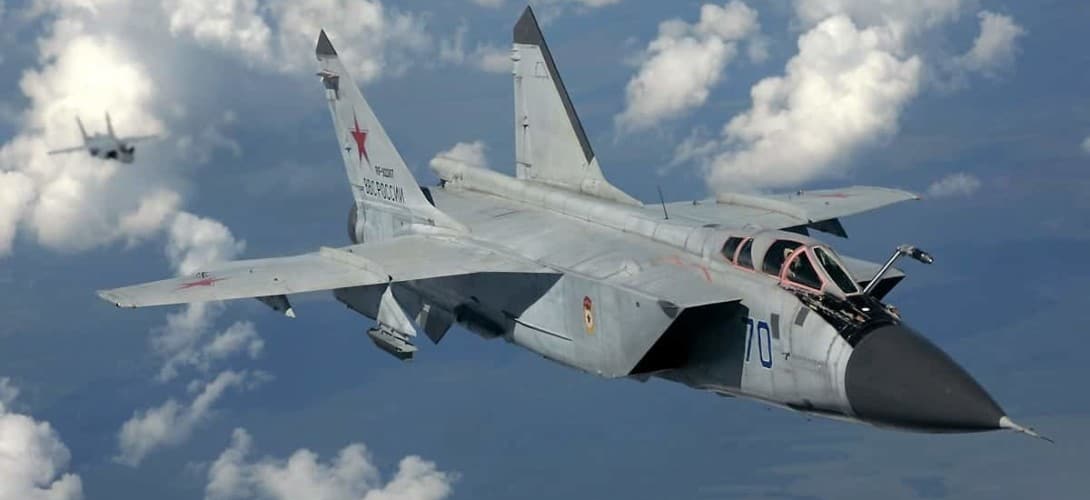The Role of Russian Fighter Jets in Modern Warfare

Introduction
Russian fighter jets have been at the forefront of global military aviation for decades, shaping both international military strategies and geopolitical relations. With the ongoing conflict in Ukraine and heightened tensions with NATO, the significance of Russian air power has become an essential topic for defence analysts and policymakers alike. This article explores the recent developments surrounding Russian fighter jets and their broader implications on global security.
Recent Developments
In recent months, Russian fighter jets, including the Su-57 Felon and Su-35S, have been deployed in various operations that showcase their capabilities. The Su-57, Russia’s first stealth fighter, has been tested in combat scenarios, emphasizing its role in both air superiority and ground attack missions. The Su-35S, known for its agility and advanced avionics, has been actively involved in air patrols over conflict zones, further demonstrating the effectiveness of Russian air power.
Moreover, reports from the United States and NATO allies indicate an uptick in Russian air activity near their borders, raising concerns about possible incursions and the need for strategic countermeasures. The use of these aircraft in Syria has also provided Russia with valuable combat experience, allowing them to refine their tactics and technologies in real-world scenarios.
Geopolitical Implications
The advancements and deployment of Russian fighter jets carry significant geopolitical weight. NATO has responded with increased vigilance, leading to the enhancement of air defence systems in Eastern Europe. The establishment of “quick reaction alerts” by member countries demonstrates the rising tensions and preparedness in response to perceived threats from Russian aerial capabilities.
Additionally, the growing cooperation between Russia and countries like China in developing next-generation fighter jets indicates a shift in military alliances and arms development. This partnership not only strengthens the air power of these nations but also poses strategic challenges to the West.
Conclusion
As the conflicts involving Russian fighter jets continue to evolve, their implications for global security remain critical. The developments within the Russian Air Force, coupled with their operational usage in various capacities, highlight significant advancements in air combat capabilities. For observers of international relations and military strategy, understanding the role of these aircraft is essential for anticipating future confrontations and defence strategies. Looking ahead, the balance of power in the airspace may face further challenges, making continued monitoring of Russian fighter jets an imperative for global security stakeholders.
